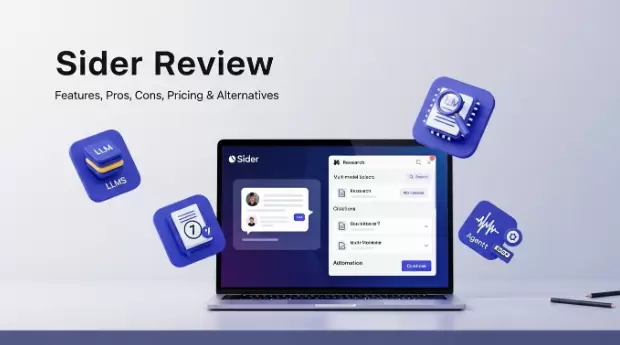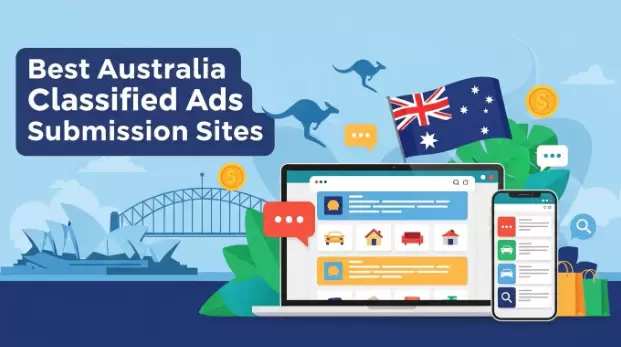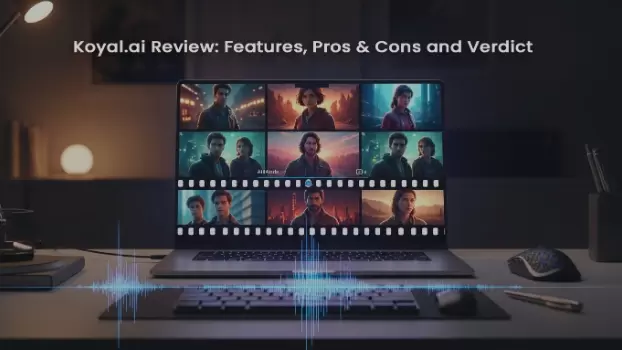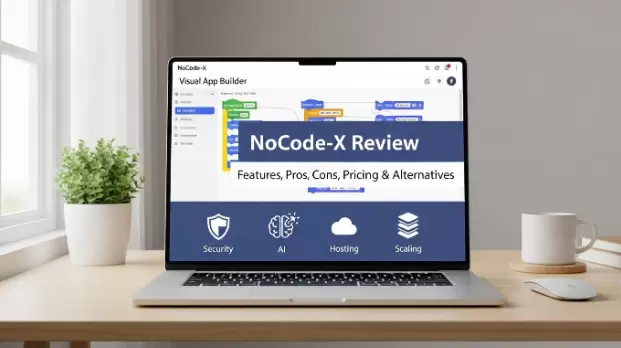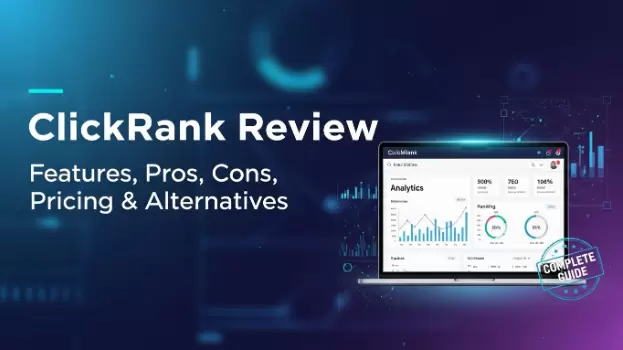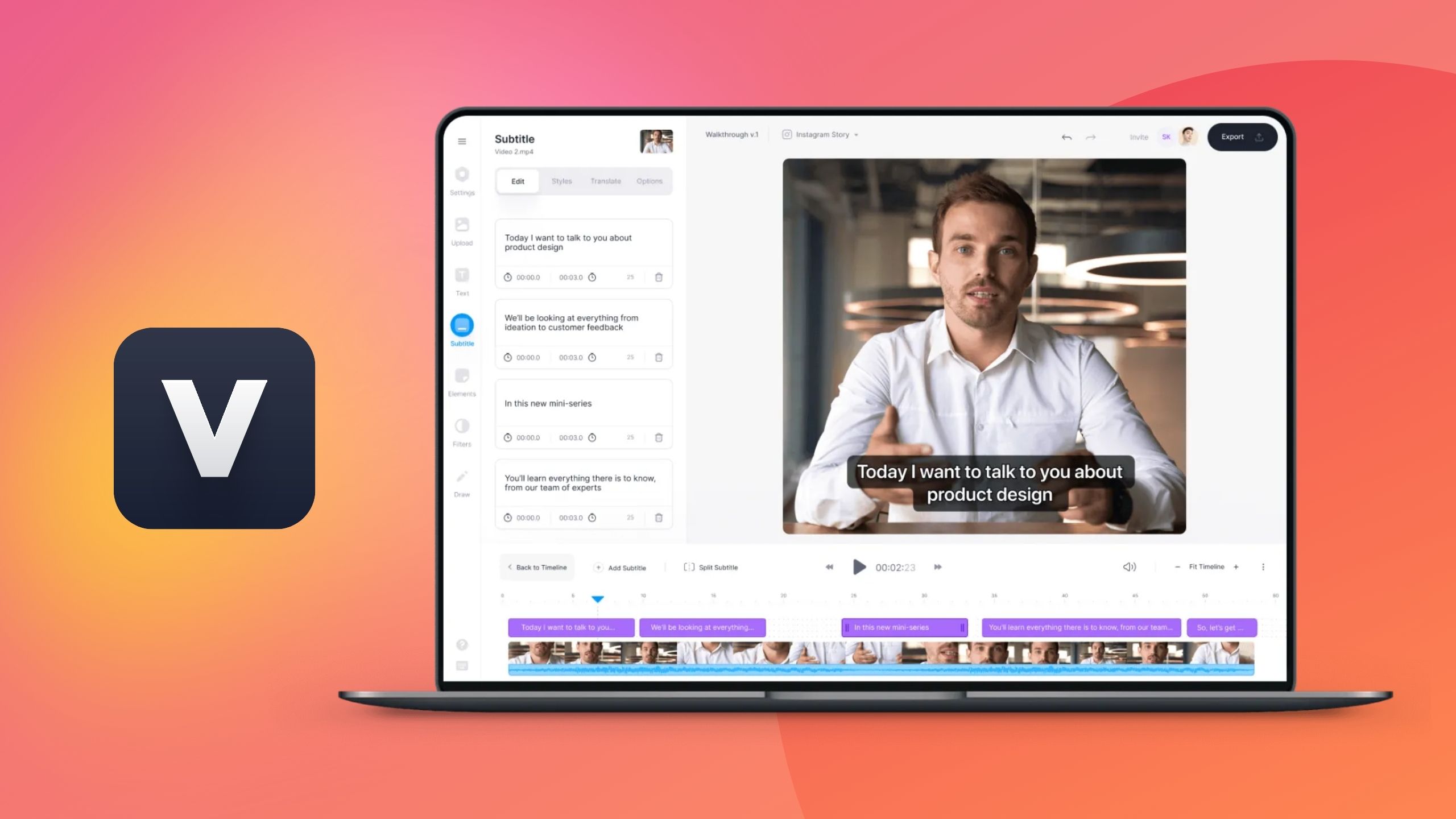leagues, dance recitals, and event-based photography, the demand is clear—clients want quality, speed, and a seamless experience. That’s where high volume photography software steps in.
This kind of software is meant specifically for photographers who handle several clients at once and thousands of pictures every shoot.
Photography automation tools can streamline various tasks such as image sorting, client galleries, facial recognition, and online sales. Whether you're covering a school event or a busy wedding, these tools can simplify your workflow and enhance efficiency.
In this guide, we’ll walk you through what high volume photography software really means, why it's crucial in 2025, and the best platforms trusted by professionals in the industry today.
What is High Volume Photography Software?
High volume photography (HVP) software is built to help photographers who shoot thousands of images at events—think school photography, sports tournaments, or any graduation's ceremony. The key challenge is managing this large quantity of photos while maintaining accuracy, organization, and customer satisfaction.
- Instead of manually sorting and sending proofs to hundreds of clients, HVP software automates:
- Image matching using facial recognition
- Online proofing and purchasing
- Gallery creation and delivery
- Order fulfillment and printing workflows
In short, it saves time, boosts profits, and streamlines your operation.
Why High Volume Photography Software Matters in 2025
With the growing need for online experiences and AI-powered solutions, the photography industry in 2025 will focus on scalability and automation. While traditional image management tools such as Lightroom and Photoshop remain important, they are insufficient when you have to shoot thousands of images in a single day.
High volume software helps you:
- Eliminate manual labor with smart automation
- Reduce errors in order matching or delivery
- Improve client satisfaction with faster delivery
- Expand your business by handling more clients with the same team
Let’s explore the top tools transforming this space today.
1. GotPhoto
GotPhoto is a full-featured online sales and workflow platform designed especially for sports and educational photographers. It enables automated photo-matching via QR codes, lab integration, and customizable client galleries.
Pros
- QR code-based automation speeds up image matching
- Integrates with top labs like Miller’s and H&H
- Powerful gallery and order management tools
Cons
- Limited editing capabilities; designed for use with separate editing software.
- Pricing might not suit small or solo photographers
Best Use Cases
Ideal for school, sports, and daycare photographers managing thousands of client images per shoot.
Pricing and Plans
- Free Trial Available
- Starter Plan: $9.90/month
- Pro & Enterprise: Custom pricing depending on volume
2. Proofpix
Proofpix offers mobile-friendly galleries and marketing resources made especially for high-volume photographers. It streamlines photo delivery using QR codes and supports seamless client communication.
Pros
- Easy-to-use mobile galleries with client tagging
- Built-in Stripe payment processing
- Fast bulk uploading with auto gallery creation
Cons
- Lacks robust studio editing features
- Doesn’t support facial recognition
Best Use Cases
Dance studios, team photographers, and event photographers looking for fast, mobile-first delivery.
Pricing and Plans
- 14 Days Free Trial available
- Premium plans: Start at ~$50/month
- Lab fulfillment fees apply
3. Capture One
Capture One is a pro-level RAW photo editor with robust tethering and batch editing features, making it suitable for volume studio shoots.
Pros
- Tethered shooting and live preview
- Exceptional color correction tools
- Fast batch processing
Cons
- Not built for online sales or galleries
- Higher learning curve than Lightroom
Best Use Cases
Studio photographers who need advanced editing before uploading to client galleries.
Pricing and Plans
- Subscription start from $9/month
- Pro Plan: $188.72
4. PhotoDay
PhotoDay streamlines image delivery through the use of facial recognition technology and SMS alerts. It allows clients to find their photos by face search and place orders in-app.
Pros
- Facial recognition eliminates manual matching
- Mobile-first gallery with SMS notifications
- Direct-to-lab fulfillment
Cons
- Internet connectivity is required for many features
- Limited custom branding compared to competitors
Best Use Cases
Volume school and sports photography where QR codes aren’t practical or desired.
Pricing and Plans
- No monthly fees
- Commission-based pricing (10–15% per order)
5. HVP Solutions
HVP Solutions offers powerful image sorting, order management, and lab fulfillment for professional volume photographers.
Pros
- Built specifically for high-volume event workflows
- Supports complex data/image pairing systems
- Reliable with lab integrations
Cons
- Outdated UI compared to modern SaaS platforms
- Setup requires training or technical understanding
Best Use Cases
Graduations, formal school portraits, and large group photo events.
Pricing and Plans
- Custom pricing
- Usually bundled with lab services
6. WaldoPro
WaldoPro uses AI-based face and jersey number recognition to automatically send event photos to subjects via SMS or email.
Pros
- No galleries to search—photos are delivered directly
- Uses face/jersey recognition for identification
- Excellent for live events and instant delivery
Cons
- High reliance on AI—mistags may happen occasionally
- Requires constant internet connection for real-time delivery
Best Use Cases
Sports leagues, summer camps, cheer competitions, and concerts.
Pricing and Plans
- Custom pricing based on event volume and delivery needs
7. ShootProof
ShootProof is a complete client gallery platform with contracts, invoices, and lab integration. It’s designed more for mid-volume photographers but scales well.
Pros
- Includes contracts, invoicing, and email templates
- Gorgeous client galleries
- Lab and self-fulfillment options
Cons
- Not purpose-built for large event volume
- Some advanced tools cost extra
Best Use Cases
Weddings, portraits, and hybrid studios offering both volume and boutique services.
Pricing and Plans
- Free plan (100 photos)
- Paid plans: Start at $10/month
- Add-ons like contracts/invoicing may cost extra
8. PhotoEventPlus
PhotoEventPlus helps photographers capture, upload, and sell on-site with real-time gallery updates and optional printing.
Pros
- Instant online galleries
- On-location selling boosts impulse purchases
- Works great with events and amusement parks
Cons
- Less scalable for post-event ordering
- Setup requires a bit of on-site hardware
Best Use Cases
Race events, holiday shoots, on-the-spot party photography.
Pricing and Plans
- Plans from $24.95/month
- Print fulfillment fees vary by volume
9. MorePhotos
MorePhotos gives photographers a branded platform to sell prints, gifts, and downloads while maintaining full control of pricing and packaging.
Pros
- Fully white-labeled storefront
- Strong product upselling features
- Email marketing tools included
Cons
- Slightly dated interface
- Not as mobile-friendly as newer platforms
Best Use Cases
Studios with an established client base wanting to control branding and pricing.
Pricing and Plans
- Pro plan from $19/month
- Ultimate Plan with advanced tools available
Conclusion: Choose the Right Tool for Your Workflow
The photography world in 2025 is all about speed, automation, and seamless user experiences. High volume photography software empowers professional photographers to scale their business, reduce errors, and maximize profit with smarter tools.
Whether you’re capturing gigabytes of school portraits or selling event photos on-site, there's a solution built for your workflow:
- For full-suite automation: GotPhoto, Proofpix, or PhotoDay
- For editing-heavy sessions: Capture One
- For live delivery: WaldoPro or PhotoEventPlus
- For business-focused studios: ShootProof or MorePhotos
Try their free demos or trials before committing—and watch your efficiency soar.


 Table of Content
Table of Content
